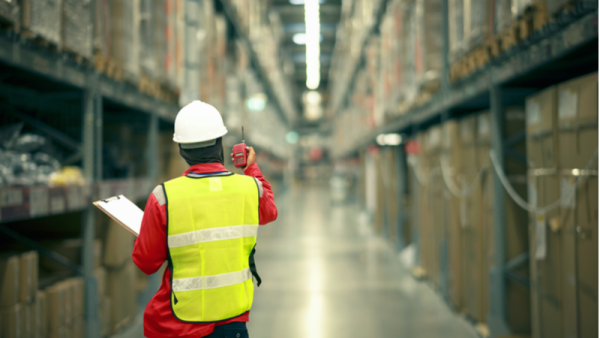Krunja / Shutterstock

James Laurenceson, Director, Australia-China Relations Institute, University of Technology Sydney |
This article appeared in the East Asia Forum on August 18 2021.
More than one year after Chinese authorities began using trade to punish Australia over political disagreements, it seems Beijing has been able to inflict only limited damage. Canberra may be entitled to feel a sense of quiet assuredness, but it is important to understand exactly why this was the case — and how the costs could mount up in the future.
The big problem for Beijing was that it found it impossible to instruct Chinese steel makers to import iron ore from sources other than Australia — viable alternatives were simply unavailable. Developments outside China’s control, like natural disasters in Brazil, then sent mineral prices to record highs. This factor alone saw the total value of Australia’s exports to China in the first half of 2021 smash the previous record by 36 per cent.
Of the dozen or so Australian goods that China did close its market to, many could be diverted elsewhere. Some local commentators have taken this as evidence that trade diversification isn’t so hard after all.
But this is a dubious interpretation of the data.
It would be far better for Australian producers if diversification came from increased opportunities in new markets. Simply losing access to the Chinese market has hurt Australian producers by forcing them to sell to lower bidders in order to move their output.
As WAFarmers Grains President Mic Fels explained last May when local farmers lost access to the Chinese imported barley market: ‘Even though we have our premium quality product, if the premium buyer exits the market … then we’re … competing with low grade, low quality grain from other parts of the world and getting priced accordingly’.
Still, in some of the more internationally competitive industries, particularly those where the exports of one country are little differentiated from those of another, the cut to margins has been modest. This was not a result of government agencies opening new opportunities elsewhere — more Australian coal ended up in India, for example, despite Canberra having been unsuccessful in securing a free trade agreement with New Delhi. Nor was it because of support from Australia’s security ally, the United States, or other strategic partners; these countries were quick to swallow up the premium markets in China that Australian producers were forced to forfeit.
Rather, it is global markets that have taken the sting out of China’s economic punishment. When Beijing intervened to lock out Australia producers of coal, barley, beef and more, Chinese importers had to find new suppliers. This, in turn, created new buyers for Australian producers elsewhere.
There is also growing evidence that significant quantities of sanctioned Australian exports are still managing to enter China via grey markets. In April 2021, Hong Kong imported 50 times the volume of Australian rock lobsters it did in October 2020, just before mainland China’s ban took effect. A Hong Kong seafood trader remarked: ‘How could people in Hong Kong consume so many lobsters? Of course they must have ended up on the mainland’.
Going forward, the costs to Australia of China’s economic coercion will grow if the Chinese market outperforms those alternatives that Australian producers still have access to.
Between 2014–2015 and 2019–2020, the total value of Australia’s agricultural exports increased by AU$4.2 billion (US$3.1 billion). This was the outcome of a AU$4.9 billion (US$3.6 billion) jump to China combined with a AU$700 million (US$516 million) fall to all other markets.
Homi Kharas, an expert on the global middle class at the Brookings Institution, calculates that China has been adding an average of 60 million people to its middle class each year, more than double the population of Australia. It is these consumers that have been driving increased demand for Australia’s premium food and beverage exports.
In 2020, China accounted for 17.8 per cent of global middle-class expenditures, compared with 11.5 per cent of the United States in second place. Looking ahead, Kharas expects the gap between China and other countries to expand as long as ‘China continues to enjoy more rapid economic growth than any other major economy’. This may not be guaranteed, but it is the base case.
Over time, global markets and China’s state capacity will support the emergence of alternative suppliers for big-ticket items like iron ore and liquefied natural gas that China currently sources from Australia. The growth in China’s demand for iron ore is likely to fall as domestically available scrap metal becomes more plentiful and its growth model shifts further towards consumption and away from resource-hungry investment. China’s steel production is forecast to peak in the mid-2020s.
A degree of quiet assuredness on Canberra’s part is justified, but there is no leeway for arrogant triumphalism.
Author
Professor James Laurenceson is Director of the Australia-China Relations Institute at the University of Technology Sydney.


